Donald Trump hailed Xi Jinping as a “great leader” after an “amazing” meeting in which the pair agreed to extend a tariffs truce and roll back some export controls, marking a pause in one of the most consequential trade wars between two of the world’s largest economies.
The U.S. President’s face-to-face talks with his Chinese counterpart in the South Korean city of Busan, their first since 2019, marked the finale of a whirlwind Asia trip during which he also touted trade breakthroughs with South Korea, Japan and Southeast Asian nations.
The outcome of the more than 1.5 hours-long meeting is seen as a temporary truce as both sides offer short-term relief while leaving core disputes over trade, industrial policy, and global dominance unresolved.
The meeting between Xi and Trump on the sidelines of the Apec summit came months after the American leader kicked off a trade war with “Liberation Day” tariffs announced on 2 April.
In the outcome of the summit, Trump agreed to lower U.S. tariff on China by 10 per cent – 57 per cent to 47per cent – and lower fentanyl-linked tariffs from 20 per cent to 10 per cent.
The overall deal brings trade relations roughly back to their pre-“Liberation Day” status.
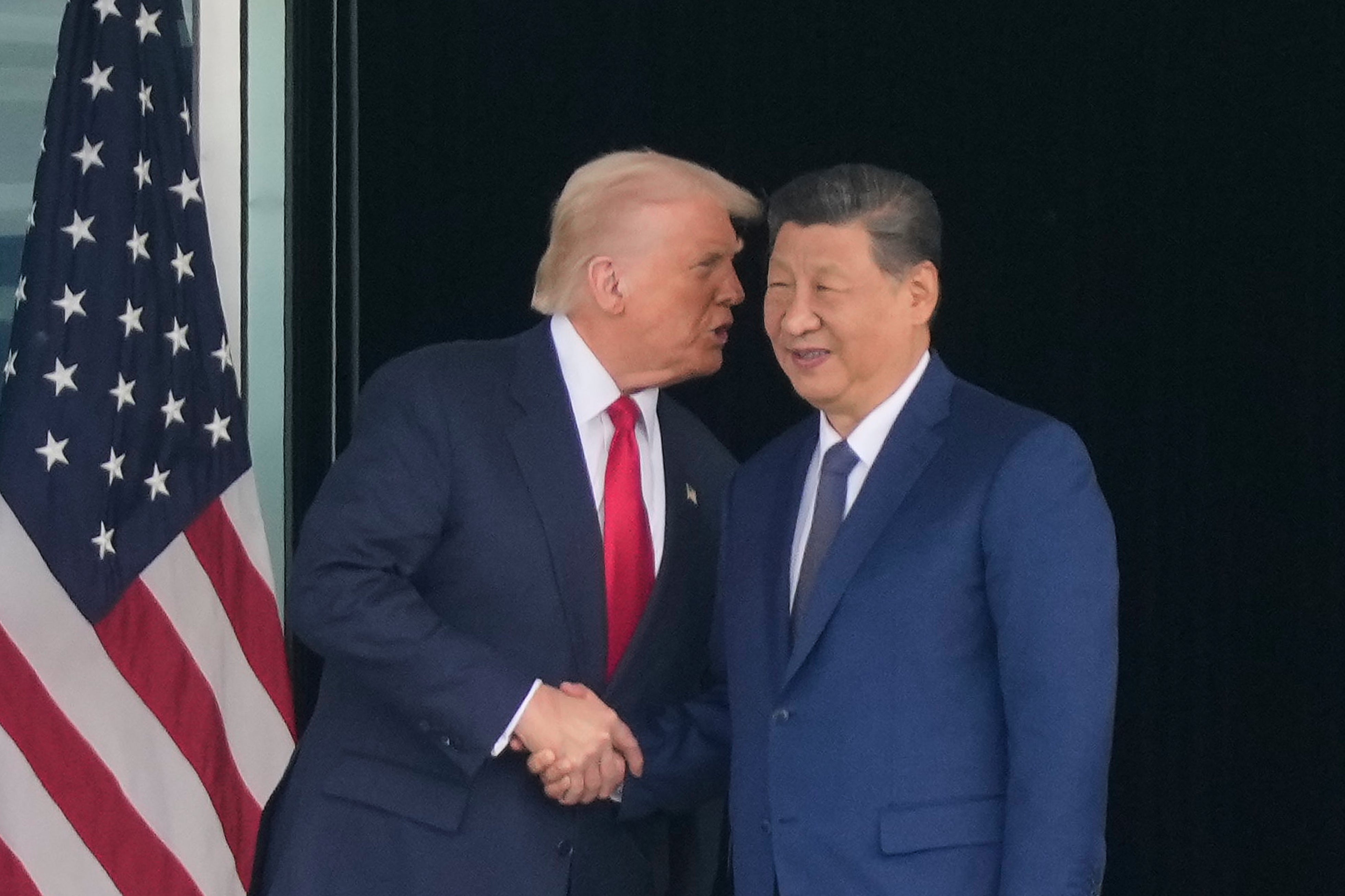
The Chinese side, in return, agreed to resume soybean purchases and suspend its rare earths export curbs for one year.
Xi confirmed both sides had reached a consensus to resolve “major trade issues” and compared the U.S.–China relationship to a ship at sea.
The Chinese leader said the two nations must “stay on the right course” and “remain partners and friends.”
“The world is confronted by many tough problems … China and the U.S. can jointly shoulder our responsibility as major countries and work together to accomplish more great and concrete things for the good of our two countries and the whole world,” he added.
Sitting across the table with Trump, Xi said the two countries “don’t always see eye to eye with each other”, it was “normal for the world’s two biggest economies to have frictions now and then”.
“A few days ago … our two economic and trade teams reached basic consensus on addressing our respective major concerns and made encouraging progress. I am ready to continue working with you to build a solid foundation for China and the U.S.,” Xi added.
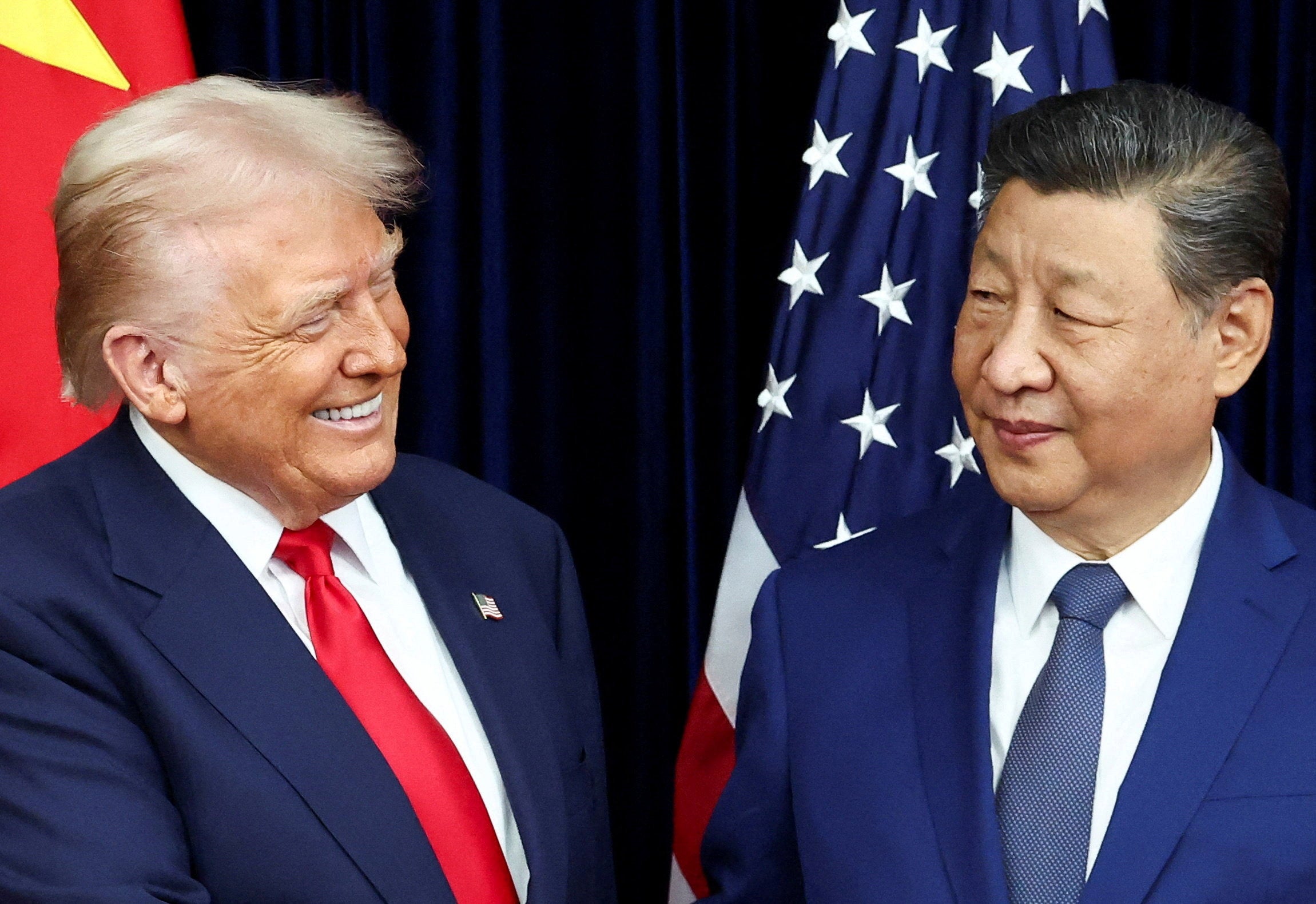
Responding enthusiastically on his Air Force One immediately after the meeting with Xi, Trump said: “I guess, on the scale from zero to 10, with 10 being the best, I would say the meeting was at a 12.”
“You know, just the whole relationship is very, very important. I think it was very good.”
While businesses and markets welcomed the relief in trade tensions, analysts say it is not a structural reset but rather a tactical truce with the immediate escalation paused, even as root causes of tension remain.
“Overall, this looks like a tactical pause rather than a strategic breakthrough,” says Tareck Horchani, head of prime brokerage dealing at Maybank Securities.
Barbara Kelemen, an analyst on China’s security policy, told The Independent that the Trump-Xi meeting marks a stabilisation in the U.S.-China relations for the time being. However, it also demonstrates existing limitations when it comes to the ability of the two countries to fully normalise their wider relations.
“The meeting has solely focused on economic cooperation between the two countries, probably the less challenging issue to cooperate on, and has left wider security and strategic issues – such as Taiwan – unaddressed.”
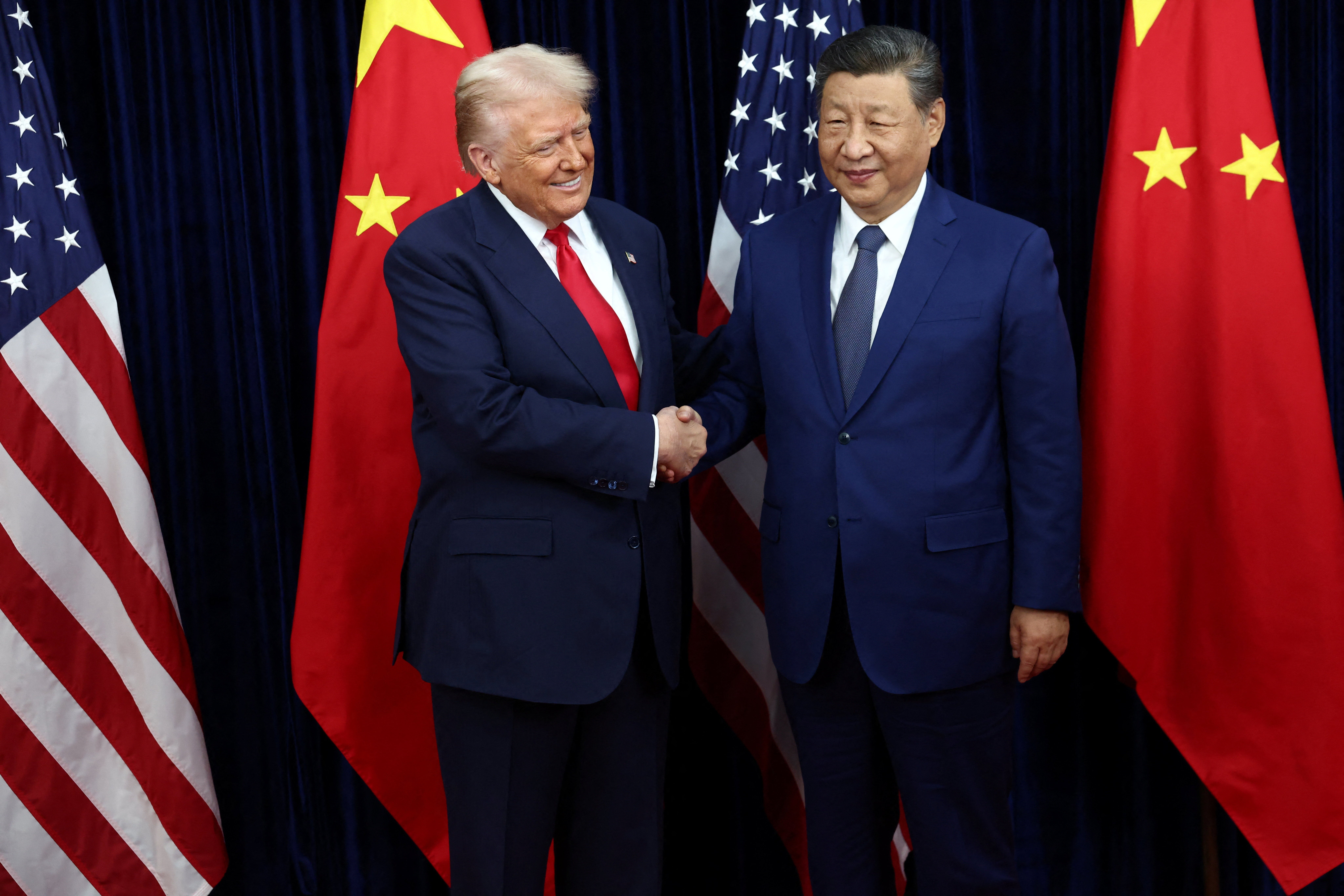
The analyst at security intelligence firm Dragonfly said it could be because the U.S. administration recognises that the wider strategic objectives of both countries are ultimately in opposition to each other, and that China remains America’s strategic competitor in multiple arenas.
Bert Hofman, director and professor at the East Asian Institute at the National University of Singapore, told The Independent that the truce marks a crucial pause in their trade tensions, easing fears of global economic disruption.
“It basically has both sides step away from highly disruptive measures for the world economy, and includes some goodwill measures that prepare the grounds for future talks. At the same time, the competitive aspects of the relationship has not changed, so establishing a framework for regular dialogue is as important as the truce,” Prof Hofman said.
He said the suspension of the rare earth and semiconductor export curbs was a striking outcome of the talk,s as both would have been very disruptive for the world economy.
“At the same time, both sides are now fully aware the leverage the other party has, and the strategy for technological independence for China, and rare earth production for the U.S. and the west will remain important. The reduction in fentanyl tariffs was long overdue as applying it has little motivation. The economic significance is not that large in my view.”
The trade war between the U.S. and China involved a series of threatened tariffs and export controls on each other’s products, with the potential to disrupt global supply chains and damage the world economy.
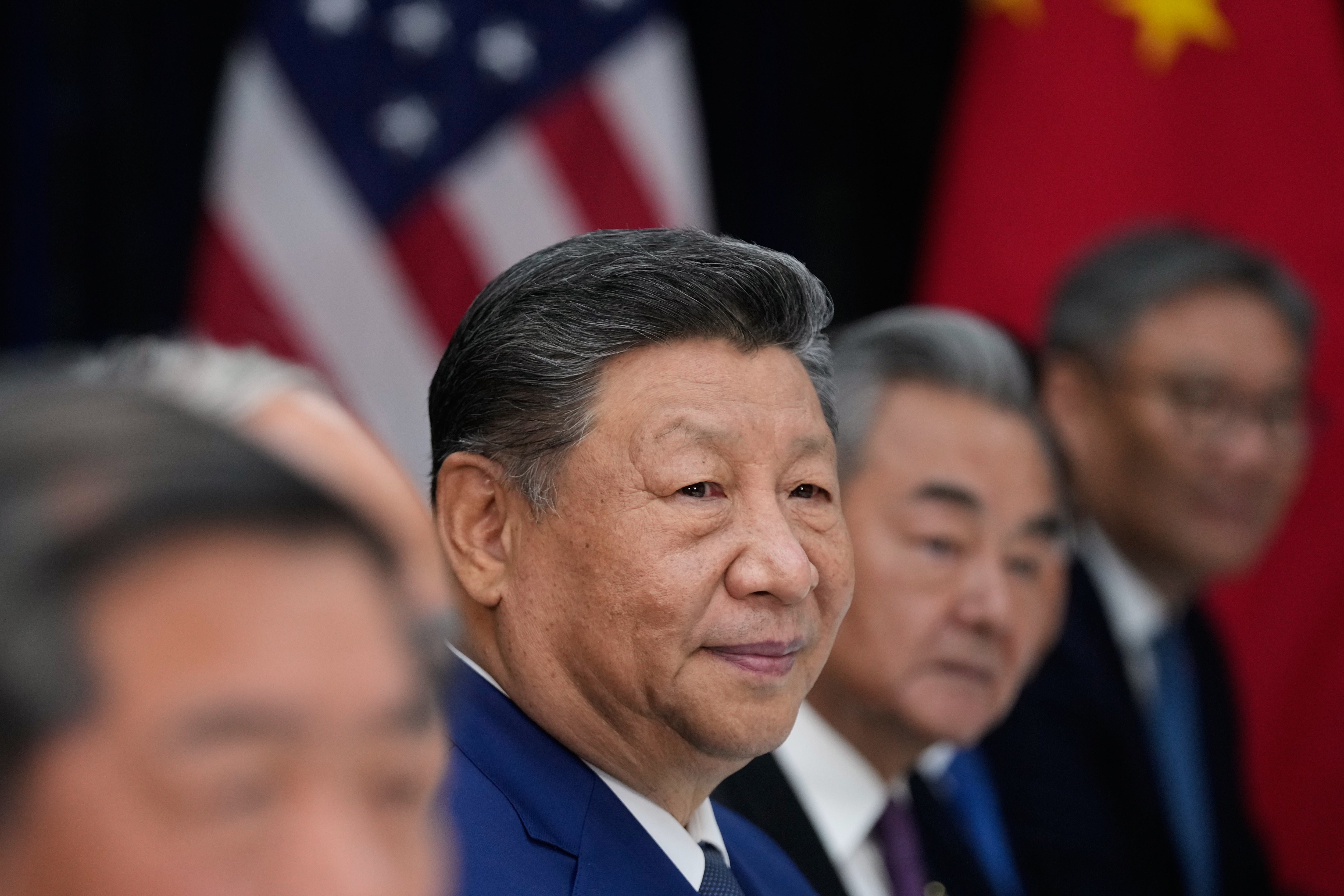
The latest tit-for-tat escalations erupted earlier this month as Trump unveiled additional levies of 100 per cent on China’s U.S.-bound exports by 1 November, in a reprisal against China curbing its critical rare earth exports.
The Trump–Xi meeting signals that despite the tensions, both countries recognise the need to coexist – a reality global businesses must adapt to, Peter Lu, global head of the China practice at a law firmed based in Chicago, told The Independent.
“The ongoing negotiations between the U.S. and China, though often challenging, reflect the reality that these two major economies are too intertwined to avoid finding a path to coexistence,” he said.
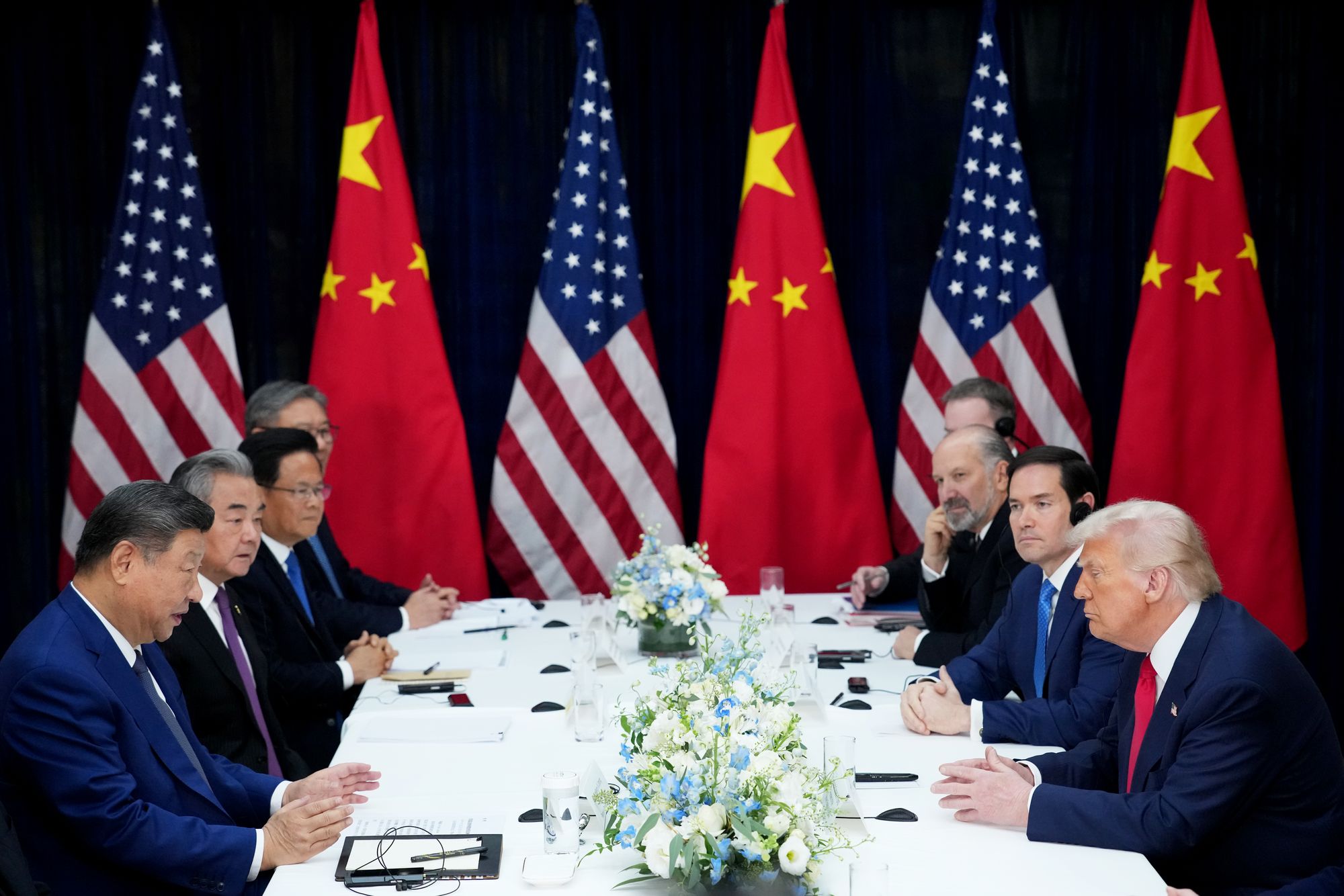
The market reaction remained choppy, with China’s yuan retreating from a near one-year high against the dollar post-meeting.
The benchmark Shanghai Composite Index hit its highest level since 2015 at the start of the session but closed down 0.73 per cent, inching away from the 10-year high it has been around this week. Hong Kong’s Hang Seng Index fell 0.2 per cent.
“The response from markets has been cautious in contrast to Mr Trump’s enthusiastic characterisation of the meeting with Mr Xi as ‘a 12 out of 10’,” said Besa Deda, chief economist at advisory firm William Buck in Sydney.
“There are still some structural issues that have been left unresolved, which could be contributing to the market’s response and takes some shine off the truce.”
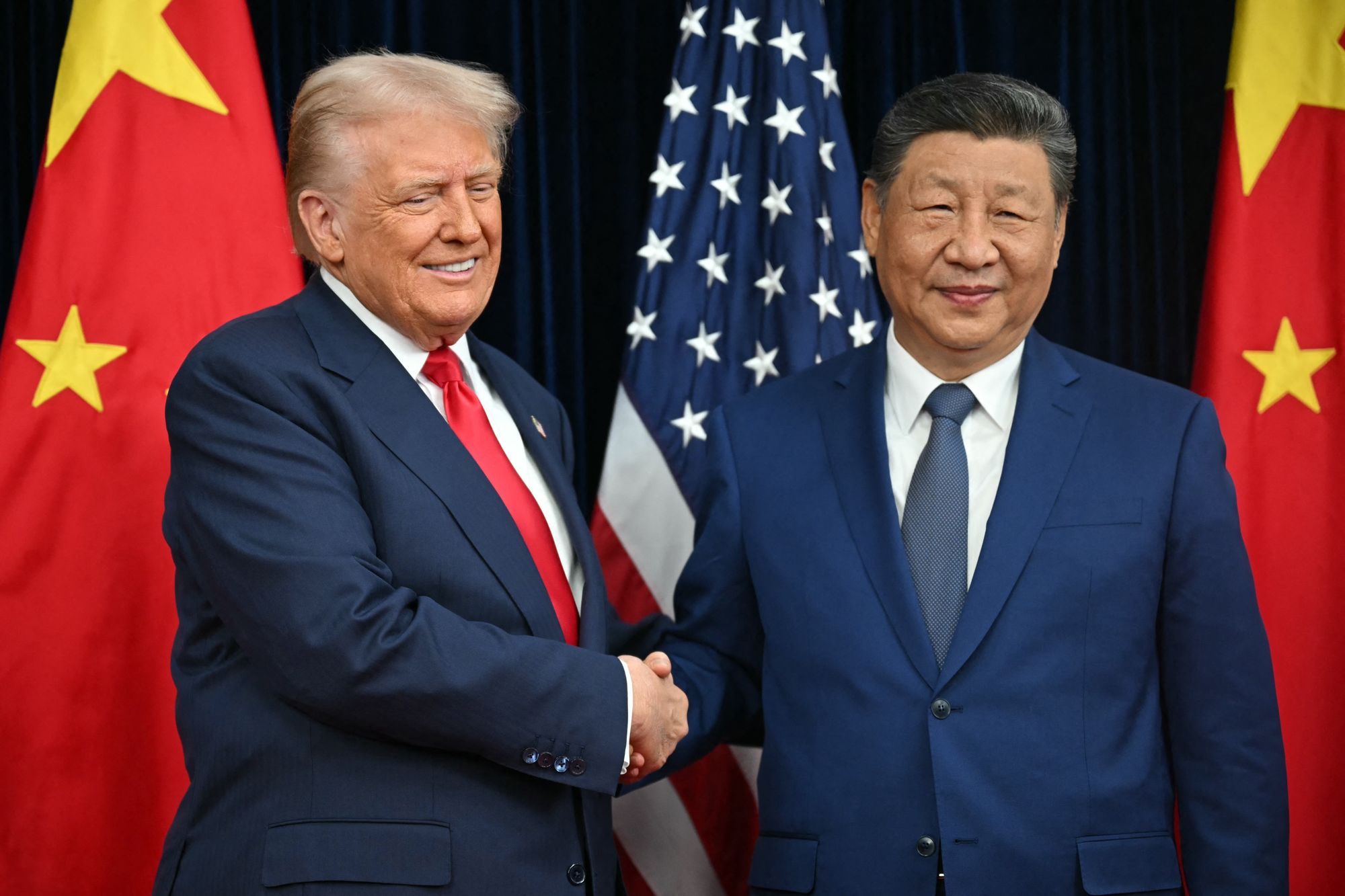
The meeting Thursday looked like an attempt to reset the U.S.-China narrative by reopening selective trade channels to restore confidence, rather than a fundamental reset of geopolitical relations, analysts say.
“It’s hard to call this a clean risk-on,” said Charu Chanana, chief investment strategist at Saxo in Singapore. “Equity traders have seen this playbook before – upbeat tone, little follow-through.”
There are plenty of gaps still left, though, in the Trump-Xi headlines with no timeline on rare earths, soybeans not a huge win if China’s crushers don’t need imports, and no mention of Nvidia’s Blackwell chips, she added.

